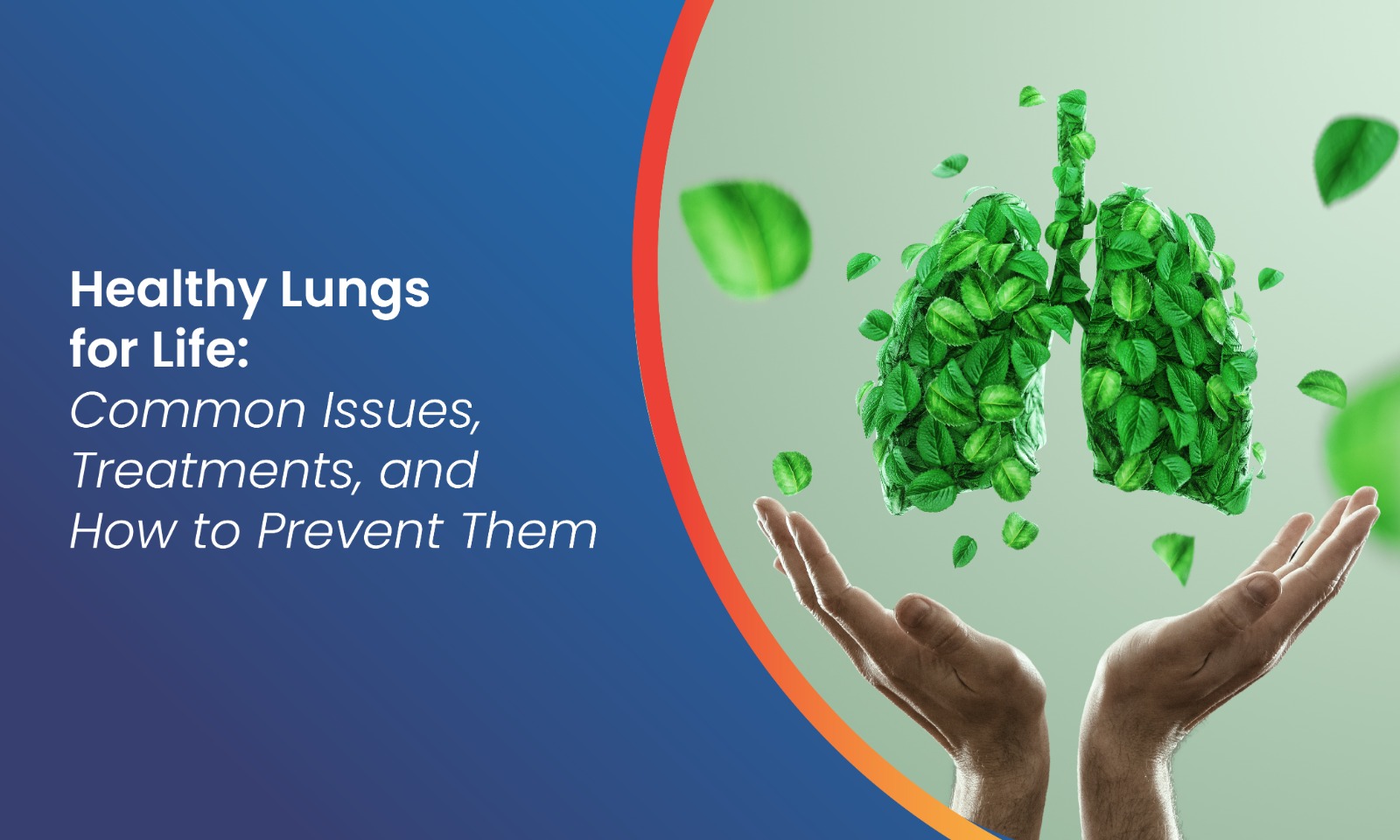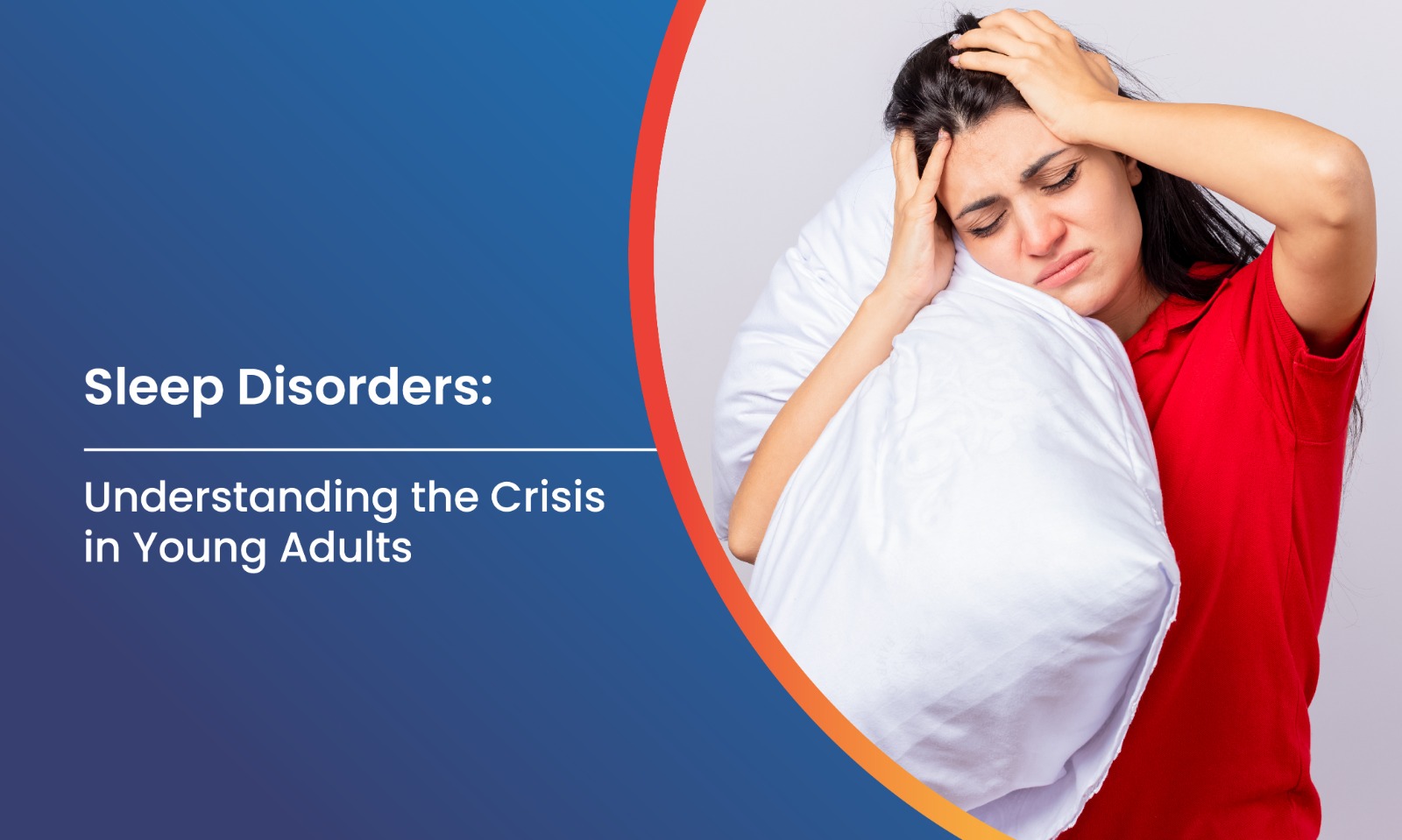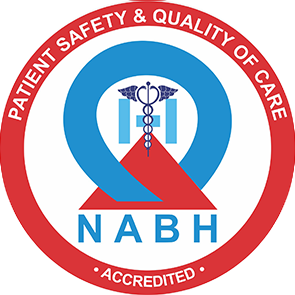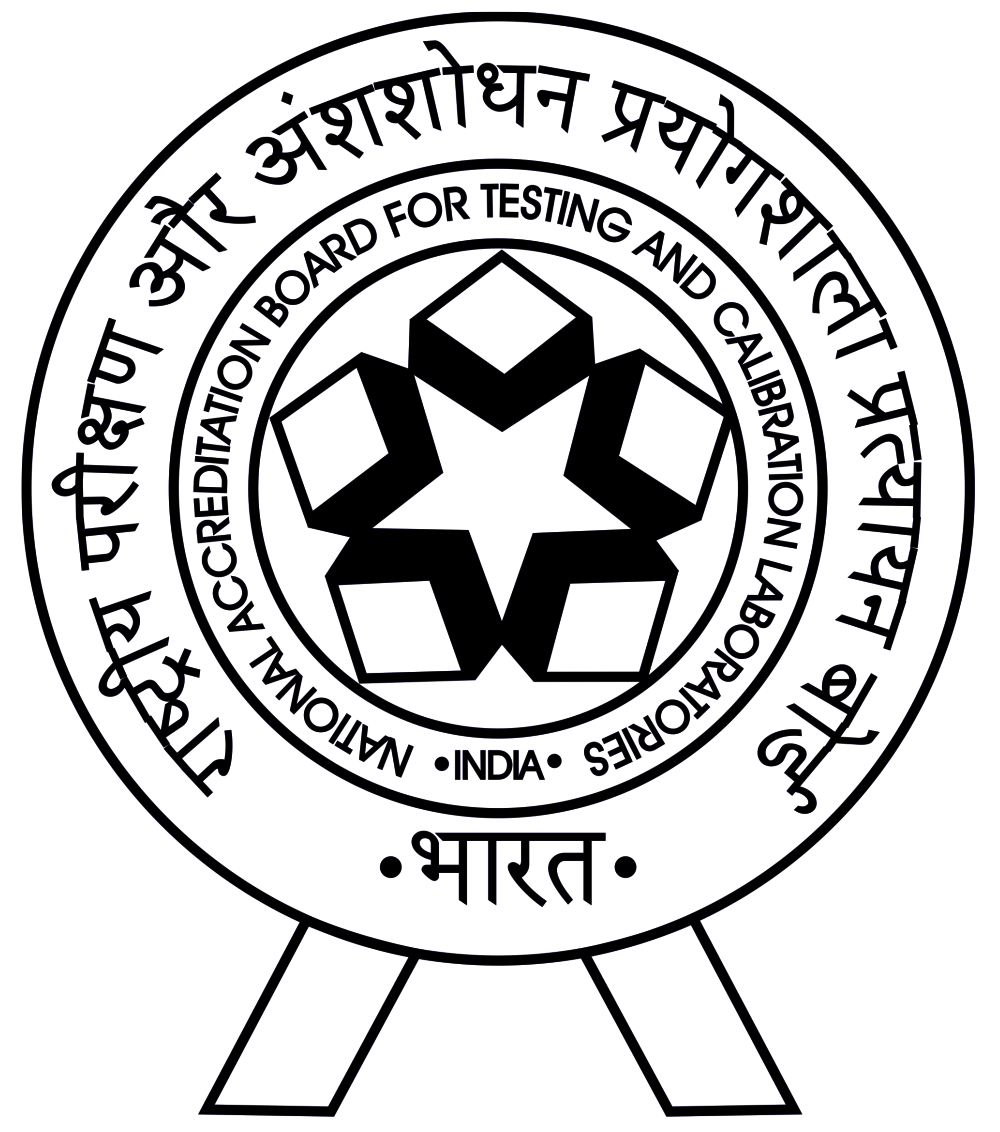Healthy Lungs for Life: Common Issues, Treatments, and How to Prevent Them

Healthy Lungs for Life: Common Issues, Treatments, and How to Prevent Them
Healthy lungs are essential for effortless breathing and overall well-being, yet we often ignore early symptoms of lung issues until they become serious. In India—particularly in metropolitan areas like Delhi and the NCR region—air quality has been consistently poor, posing a major threat to respiratory health.
The Delhi/NCR region frequently makes headlines for its hazardous air quality, with the Air Quality Index (AQI) often exceeding 300. This alarming level of pollution has contributed to a significant rise in respiratory conditions such as asthma, chronic obstructive pulmonary disease (COPD), and even lung cancer.
Understanding common lung problems and taking proactive measures is crucial. By adopting a healthy lifestyle, staying informed, and seeking timely medical attention, individuals can protect and improve their lung health.
Table of Contents
- Common Lung Diseases in India and Delhi/NCR
- Causes and Risk Factors for Lung Diseases
- Symptoms to Watch For
- Diagnosis and Medical Treatments
- Lifestyle and Environmental Prevention Strategies
- Special Considerations for Delhi/NCR Residents
- When to Seek Medical Help
- FAQs
Common Lung Diseases in India and Delhi/NCR
Respiratory diseases are a major health issue in India. Chronic obstructive pulmonary disease (COPD) and asthma are the most common lung problems. In the Delhi/NCR area, these diseases are made worse by high air pollution, industrial waste, and car exhaust. Other important conditions include interstitial lung disease, lung cancer, and infections like bronchitis and pneumonia.
- COPD is the leading cause of chronic respiratory disease burden, affecting over 55 million Indians in recent years.
- Asthma prevalence is also high, with millions suffering from symptoms worsened by pollution and allergens.
- Lung cancer rates are rising, with air pollution now recognised as a key risk factor, even among non-smokers.
- Interstitial lung disease and pulmonary fibrosis are less common but can be severe and progressive.
- Acute respiratory infections, including bronchitis and pneumonia, are frequent, especially during seasonal changes.
- Children and the elderly are particularly vulnerable to the effects of poor air quality and respiratory illnesses.
Causes and Risk Factors for Lung Diseases
Lung diseases in India have multiple causes, both environmental and lifestyle-related. In Delhi and the NCR area, air pollution is the biggest risk factor. However, smoking, job-related exposures, and bad nutrition are also important. It is essential to recognize and tackle these risk factors to help prevent diseases and intervene early.
- Air pollution, especially particulate matter (PM2.5 and PM10), is a leading cause of lung inflammation and disease.
- Smoking and exposure to secondhand smoke contribute to COPD, lung cancer, and other respiratory conditions.
- Occupational hazards, including dust, chemicals, and fumes, heighten the risk of lung disease in specific professions.
- Indoor air pollution from burning biomass fuels for cooking and heating remains a concern in many households.
- Poor nutrition and low socioeconomic status can weaken the immune system and increase susceptibility to infections.
- Genetic predisposition and family history can also affect the risk of developing chronic lung diseases.
Symptoms to Watch For
It's important to spot the early signs of lung disease for quick diagnosis and treatment. Symptoms can be mild and come and go, or they can be very serious and make everyday life difficult, depending on what's causing the problem. Never ignore symptoms that last a long time or get worse, especially for those who are at higher risk.
- Chronic cough, with or without phlegm, lasting more than a few weeks
- Shortness of breath, especially during routine activities or at rest
- Wheezing or a whistling sound when breathing
- Chest tightness or pain, particularly with deep breaths
- Frequent respiratory infections or prolonged recovery from colds
- Fatigue, unexplained weight loss, or coughing up blood (requires immediate medical attention)
Diagnosis and Medical Treatments
Diagnosing lung diseases involves examining the patient's health, taking X-rays of the lungs, and performing specialised tests. Treatment options depend on the specific disease and may include medicine, oxygen treatment, and rehabilitation exercises for the lungs. Finding the disease early and providing personalised care are crucial for achieving the best results.
- Diagnostic tests include chest X-rays, CT scans, spirometry, and blood tests to assess lung function.
- Medications such as bronchodilators, steroids, and antibiotics are used for asthma, COPD, and infections.
- Oxygen therapy and inhalers help manage symptoms and improve quality of life in advanced cases.
- Immunosuppressive drugs and antifibrotic agents are used for interstitial lung disease and pulmonary fibrosis.
- Pulmonary rehabilitation programs focus on exercise, breathing techniques, and patient education.
- Lung cancer treatment may involve surgery, chemotherapy, radiation, or targeted therapies, depending on the stage.
Lifestyle and Environmental Prevention Strategies
To prevent lung disease, it's important to take active steps regarding our lifestyle and surroundings. Making small changes in our daily habits can significantly reduce the risk of lung problems and enhance lung health. It's also vital to be aware of environmental issues and speak out about them, especially in places with heavy pollution like Delhi/NCR.
- Avoid smoking and exposure to second-hand smoke to protect lung tissue and reduce disease risk.
- Engage in regular physical activity to strengthen lung capacity and overall respiratory health.
- Practice deep breathing exercises and yoga to improve lung function and reduce stress.
- Maintain a healthy diet rich in antioxidants, vitamins, and minerals to support immune function.
- Use air purifiers and keep indoor spaces well-ventilated to minimize exposure to pollutants.
- Stay informed about air quality and limit outdoor activities during periods of high pollution.
Delhi/NCR Condition
People living in Delhi/NCR face significant challenges due to severe air pollution and a large population. This greatly affects their breathing, leading to more cases of asthma, COPD, and lung cancer. It’s important to create specific plans to reduce these risks and protect those who are most at risk.
- Monitor air quality indexes daily and plan outdoor activities accordingly.
- Wear N95 masks when air pollution levels are hazardous, especially during winter months.
- Advocate for and support policies aimed at reducing vehicular and industrial emissions.
- Encourage the use of clean cooking fuels and discourage the burning of waste and crop residue.
- Seek regular medical check-ups, especially if you have pre-existing respiratory or cardiac conditions.
- Educate children and the elderly about the risks of air pollution and the importance of lung health.
When to Seek Medical Help
Getting medical help on time is very important for treating lung diseases and stopping problems. Some symptoms and situations need quick attention, especially in people at higher risk or when the air quality is bad. Finding out about and treating these issues early can make a big difference in health and daily life.
- Seek medical help if you experience a persistent cough, shortness of breath, or chest pain.
- Immediate attention is needed for severe symptoms such as coughing up blood or sudden difficulty breathing.
- Individuals with chronic lung conditions should have regular follow-ups with a pulmonologist.
- Children and the elderly with respiratory symptoms should be evaluated promptly, especially during pollution spikes.
- Monitor for signs of worsening lung function, such as increased fatigue or decreased activity tolerance.
- Stay in touch with healthcare providers for guidance on managing symptoms and adjusting treatments as needed.
Frequently Asked Questions (FAQ)
Q1 What are the most common lung diseases in Delhi/NCR?
COPD, asthma, lung cancer, and respiratory infections are the most common lung diseases, largely due to high air pollution and lifestyle factors.
Q2 How does air pollution affect lung health?
Air pollution causes inflammation, irritation, and cell damage in the lungs, increasing the risk of asthma, COPD, lung cancer, and other respiratory diseases.
Q3 Can lung diseases be prevented?
Yes, by avoiding smoking, reducing exposure to pollutants, exercising regularly, eating a healthy diet, and monitoring air quality, you can significantly lower your risk.
Q4 What should I do if I have symptoms of lung disease?
Seek medical attention if you have a persistent cough, shortness of breath, chest pain, or other concerning symptoms, especially during high pollution periods.
Q5 Are children and the elderly more at risk for lung diseases?
Yes, children and the elderly are more vulnerable to the effects of air pollution and respiratory infections due to weaker immune systems and developing or aging lungs.
Q6 How can I protect my lungs in Delhi/NCR?
Monitor air quality, wear masks when needed, avoid smoking, use air purifiers, and seek regular medical check-ups to protect your lungs















